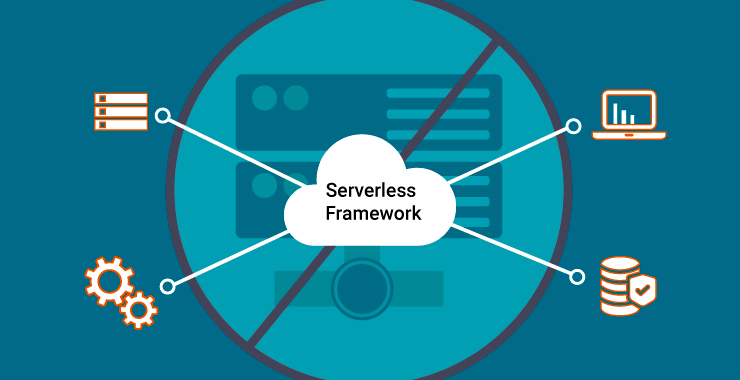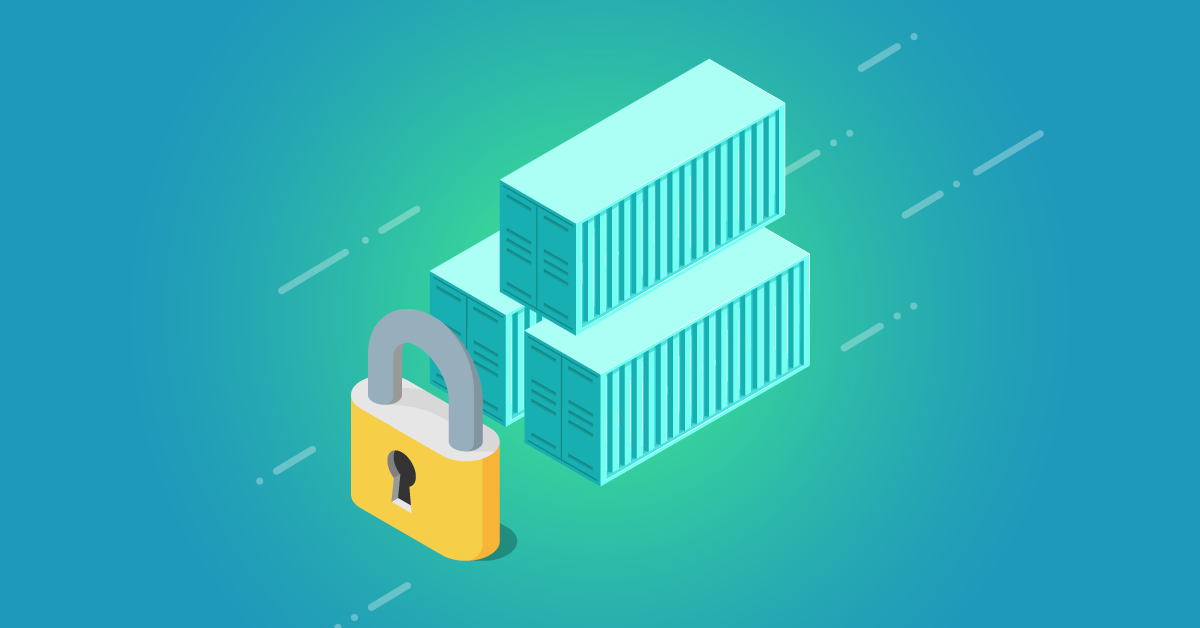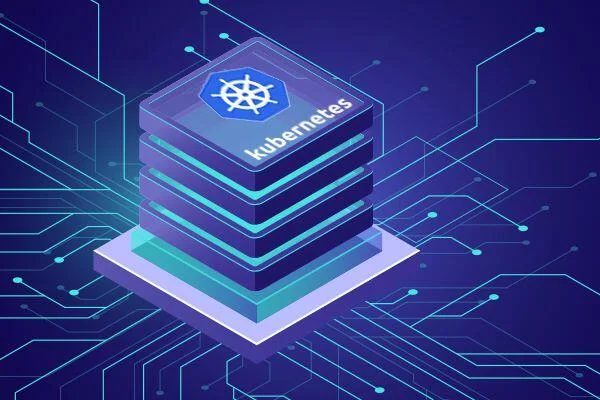In recent years, serverless computing has emerged as a groundbreaking model in cloud computing. By abstracting away server management and infrastructure concerns, serverless frameworks allow developers to focus on writing code and building applications. This article explores what serverless frameworks are, their key benefits, and how they work.
What Are Serverless Frameworks?
Serverless frameworks are tools designed to streamline the development and deployment of serverless applications. Unlike traditional server-based architectures where developers manage servers and infrastructure, serverless computing allows developers to build and run applications without having to manage the underlying servers. Instead, they can deploy their code directly to a cloud provider’s platform, which automatically handles the execution, scaling, and infrastructure management.
The term “serverless” can be somewhat misleading, as servers are still involved in running the code. However, the key difference is that the management of these servers is entirely abstracted away from the developer. The cloud provider takes care of provisioning, scaling, and maintaining the servers, which allows developers to concentrate on writing application logic and building features.
Benefits of Serverless Frameworks
One of the primary advantages of serverless frameworks is their cost-efficiency. Traditional server-based applications often require developers to provision and maintain a fixed number of servers, which means paying for idle resources during periods of low demand. In contrast, serverless frameworks use a pay-as-you-go model, where developers only pay for the actual computing resources used during the execution of their code. This can result in significant cost savings, especially for applications with variable workloads.
Scalability is another major benefit. With serverless frameworks, the cloud provider automatically scales resources up or down based on the application’s needs. This dynamic scaling ensures that applications can handle varying levels of traffic without manual intervention or over-provisioning. As a result, developers do not need to worry about scaling infrastructure, which can greatly simplify the development process.
Serverless frameworks also promote faster development cycles. By abstracting infrastructure management, developers can deploy and iterate on their applications more quickly. This can lead to faster time-to-market for new features and improvements, as developers spend less time on infrastructure-related tasks and more on building and refining application features.
How Serverless Frameworks Work
Serverless frameworks operate on the principle of Function-as-a-Service (FaaS). In this model, applications are broken down into discrete functions, each responsible for a specific task. These functions are deployed to a serverless platform, which takes care of executing them in response to events, such as HTTP requests, database updates, or file uploads.
When a function is invoked, the serverless platform automatically provisions the necessary resources to execute the function and then scales down those resources once the function completes. This ephemeral nature of resource allocation ensures that developers are only billed for the time their code is actively running, rather than for idle server capacity.
Serverless frameworks also typically integrate with other cloud services, such as databases, messaging systems, and storage solutions. This allows developers to build complex applications by leveraging a wide range of cloud-native services without having to manage the underlying infrastructure. For instance, a serverless application might use a managed database service for data storage and a managed authentication service for user management, all while focusing on its core business logic.
Challenges and Considerations
Despite their advantages, serverless frameworks come with certain challenges. Cold start latency, which is the delay that occurs when a function is invoked for the first time or after a period of inactivity, can impact the performance of applications. Additionally, the stateless nature of serverless functions means that developers need to carefully design their applications to handle state management and persistence.
Vendor lock-in is another consideration. Serverless frameworks often tie applications to specific cloud providers’ ecosystems, which can make it challenging to migrate to different platforms or combine services from multiple providers.
Conclusion
Serverless frameworks represent a significant evolution in cloud computing, offering cost-efficiency, scalability, and faster development cycles. By abstracting infrastructure management and focusing on function-based execution, these frameworks enable developers to build and deploy applications with greater agility and less overhead. However, it is important to weigh the benefits against potential challenges such as cold start latency and vendor lock-in. As serverless technology continues to mature, it will likely play an increasingly central role in the future of cloud-based application development.





